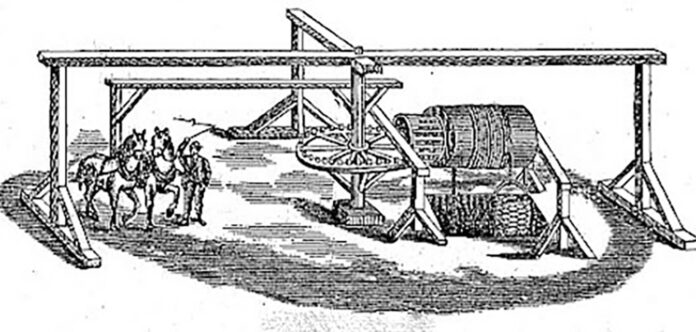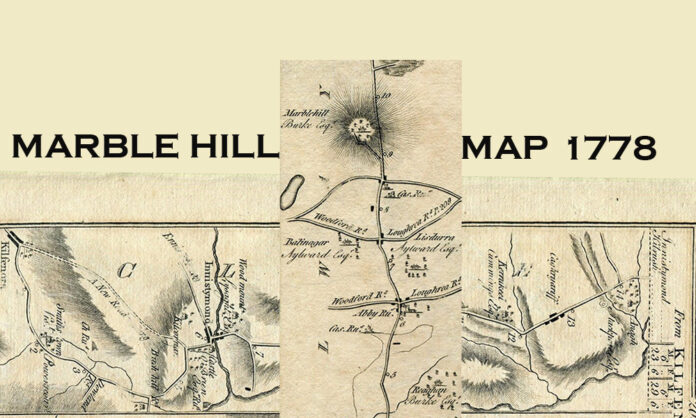A Cool Look at the Past: Secrets of Marblehill Ice House
Nestled amidst the rolling hills of County Galway, Ireland, lies a remnant of a bygone era – the intriguing Marblehill Ice House. This seemingly simple structure, shrouded in mystery and whispers of the past, played a vital role in preserving food during a time before modern refrigeration. Unlike the grand house of Marblehill, now a haunting ruin, the ice house stands as a testament to the ingenuity and practicality of the 18th century.
A Discreet Guardian of Freshness
Built around 1780 within the demesne (landed estate) of Marblehill, the ice house embodies a time when resourcefulness and a deep understanding of the natural world were essential for survival. Constructed with sturdy rubble limestone walls, the building is now partly grassed over, reflecting the passage of time and its transition from a place of bustling activity to a silent sentinel. A pointed arch opening on the northeast elevation beckons exploration, hinting at the cool secrets it once held.
A Journey into Chilling Depths
Stepping towards the archway, a visitor is greeted by a noticeable drop in temperature, a stark contrast to the warmth outside. This narrow vertical shaft acts as a natural buffer zone, further protecting the cool interior from fluctuating external temperatures. The shaft leads you into a narrow vaulted chamber, its walls again built of the same robust rubble limestone. A vertical shaft, most likely used for lowering and raising ice, adds to the intrigue of this subterranean space.
Location, Location, Location
The location of the ice house is no coincidence. It’s strategically built into the side of a ringfort, an ancient circular earthwork. This provided natural insulation, keeping the interior cool and aiding in ice preservation. During the winter months, workers would likely cut ice from nearby lakes or rivers, carefully transporting it in large blocks to the ice house. Once inside, the ice would be packed tightly into the chamber, maximizing its storage capacity. Layers of straw or sawdust would then be added for further insulation, allowing the ice to remain usable well into the summer months, a feat of pre-modern engineering.
A Glimpse into a Bygone Lifestyle
The Marblehill Ice House offers a fascinating glimpse into the lives of the Burkes, the landed family who once resided at Marblehill. It speaks volumes about their resourceful approach to food preservation, allowing them to enjoy a wider variety of perishables throughout the year. Fresh meat, dairy products, and even seasonal fruits and vegetables could be stored for extended periods, adding a layer of luxury and variety to their diet that would have been unimaginable to earlier generations.
Beyond the Kitchen: A Multifaceted Marvel
The ice house wasn’t just for chilling food. Ice was also used for medicinal purposes. Doctors of the era prescribed chilled compresses to reduce inflammation and alleviate pain. Additionally, the ice house likely played a role in creating a luxurious treat – ice sorbets and ice cream! It’s easy to imagine summer days at Marblehill, where the cool confines of the ice house provided a welcome respite from the heat, while refreshing ice cream, churned with the help of the very ice stored within, provided a delightful decadent indulgence for the Burke family and their guests.
A Legacy in Stone
Today, the Marblehill Ice House stands as a silent sentinel, its purpose now a relic of the past. However, it continues to hold the stories of bygone eras. As we explore this unique structure, we gain a deeper appreciation for the resourcefulness and ingenuity of our ancestors. The ice house serves as a reminder of the importance of food preservation and the lengths people have gone to throughout history to ensure a varied and enjoyable diet. Beyond its practical function, the ice house hints at the luxurious lifestyle enjoyed by the Burkes, a stark contrast to the simpler lives of the surrounding tenant farmers.






